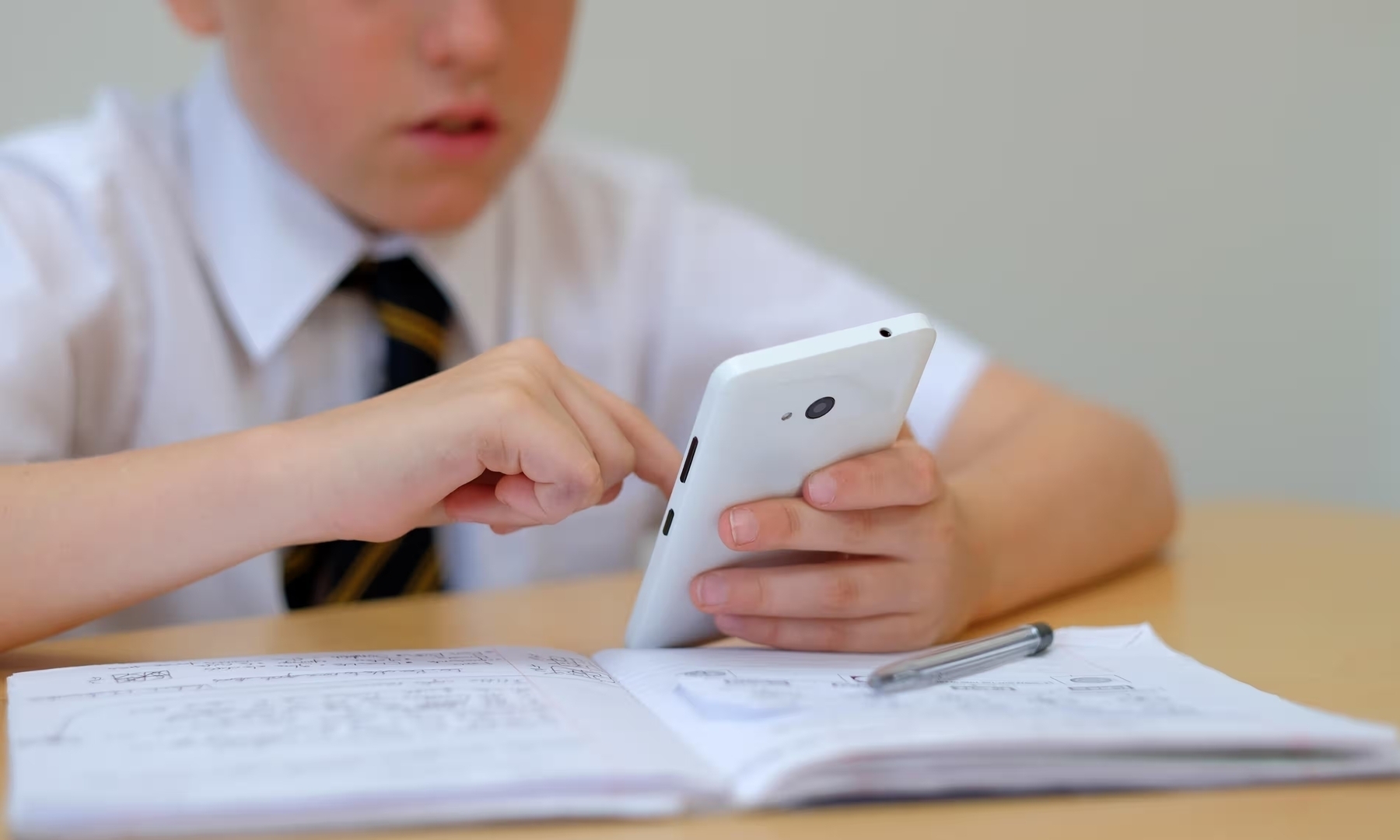There is no evidence that restrictive school policies are associated with overall phone and social media use or better mental wellbeing in adolescents

I usually find abstracts on academic papers a bit rubbish, but this ‘summary’ at the top of a research study is aces. As many people in the UK will have seen in the news over the last week, a study has shown that there’s “no evidence that restrictive school policies are associated with overall phone and social media use or better mental wellbeing in adolescents. As a result, “the findings do not provide evidence to support the use of school policies that prohibit phone use during the school day in their current form.”
This, of course, does not chime with what the public (parents, politicians, etc.) want to hear, so I imagine it will be widely ignored. In fact, when this was reported on in a radio news bulletin I heard, they immediately cut to a soundbite from a headteacher who had implemented a “no phones” policy who basically said it had worked for them. There are many problems with smartphone uses by teenagers in schools. But then there are many problems with schools.
Background: Poor mental health in adolescents can negatively affect sleep, physical activity and academic performance, and is attributed by some to increasing mobile phone use. Many countries have introduced policies to restrict phone use in schools to improve health and educational outcomes. The SMART Schools study evaluated the impact of school phone policies by comparing outcomes in adolescents who attended schools that restrict and permit phone use.
Methods: We conducted a cross-sectional observational study with adolescents from 30 English secondary schools, comprising 20 with restrictive (recreational phone use is not permitted) and 10 with permissive (recreational phone use is permitted) policies. The primary outcome was mental wellbeing (assessed using Warwick– Edinburgh Mental Well-Being Scale [WEMWBS]). Secondary outcomes included smartphone and social media time. Mixed effects linear regression models were used to explore associations between school phone policy and participant outcomes, and between phone and social media use time and participant outcomes. Study registration: ISRCTN77948572.
Findings: We recruited 1227 participants (age 12–15) across 30 schools. Mean WEMWBS score was 47 (SD = 9) with no evidence of a difference between groups (adjusted mean difference −0.48, 95% CI −2.05 to 1.06, p = 0.62). Adolescents attending schools with restrictive, compared to permissive policies had lower phone (adjusted mean difference −0.67 h, 95% CI −0.92 to −0.43, p = 0.00024) and social media time (adjusted mean difference −0.54 h, 95% CI −0.74 to −0.36, p = 0.00018) during school time, but there was no evidence for differences when comparing usage time on weekdays or weekends.
Interpretation: There is no evidence that restrictive school policies are associated with overall phone and social media use or better mental wellbeing in adolescents. The findings do not provide evidence to support the use of school policies that prohibit phone use during the school day in their current form, and indicate that these policies require further development.
Source: The Lancet
Image: True Images/Alamy (via The Guardian)